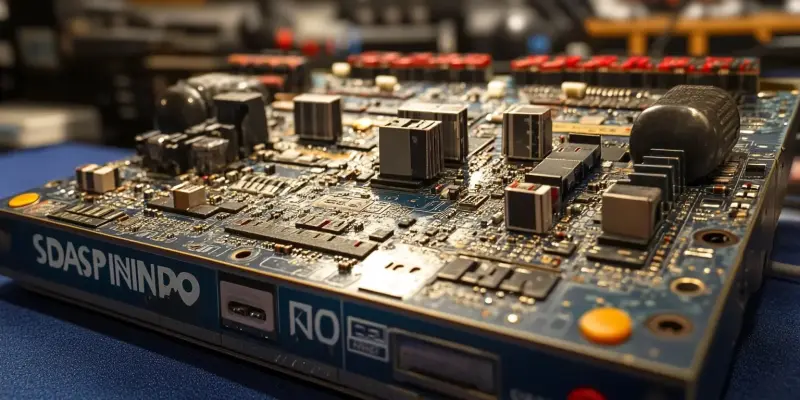In a fascinating turn of events that has retro gaming enthusiasts and tech aficionados equally intrigued, aging Super Nintendo Entertainment Systems (SNES) have been found to exhibit an increase in clock frequencies within their audio processors, contrary to the typical trend of older hardware experiencing a slowdown. This unexpected discovery was highlighted by Alan “dwangoAC” Cecil, who extensively collected data from more than 100 SNES units using diagnostic tools to analyze and draw insights from these observations. It turns out that the SPC700, the secondary CPU of the SNES tasked with controlling the Sony audio processor, is now running at frequencies slightly above its official 32 MHz designation, with documented speeds occasionally hitting a remarkable 32.3 MHz.
Unraveling the Mystery of Increased Frequencies
The gradual increment in frequency, which has been subtly noticeable over the last twenty years, points to an intriguing reason behind this phenomenon—the behavior of the SPC700’s ceramic resonator, which appears to fluctuate with temperature changes. Historical data from as far back as 2003 indicated that the SPC700 operated at a frequency of approximately 32.04 MHz. Today, newer measurements reveal a slight but consistent increase, with current figures showing frequencies around 32.076 MHz. While the increment may seem minimal at first glance, its implications stretch beyond the surface, affecting audio pitch and emulation precision. Speedrunners, who rely on measuring game load times down to the frame, have expressed interest in how these tiny enhancements in clock speed might shave off critical moments, although Cecil believes the impact on records might be marginal at best.
The consistent yet minor acceleration suggests that the increase is likely related to the unique design of the SPC700 and age-induced changes in the properties of the ceramic resonator. Researchers and enthusiasts are eager to collect more comprehensive data in order to unveil the true cause and potential long-term ramifications of this behavior. It goes to show that retro gaming consoles, despite their age, continue to teach valuable lessons about the interplay between hardware design and aging components, hence urging revisited considerations for retro gamers, emulators, and the broader tech community alike.
Impacts on Gaming and Emulation
The implications of this frequency increase are multi-faceted and far-reaching, forming new considerations within the gaming and technology communities. For retro gamers, particularly those deeply involved in speedrunning, the slight uptick in processor speed presents a nuanced challenge. Emulators and gaming platforms that aim to reproduce the original SNES experience with utmost fidelity need to account for these hardware variances, ensuring audio and video outputs remain true to the original. A seemingly minor increase in clock speed can alter audio pitches, which in turn can affect the authenticity of the gaming experience—no small matter for purists who wish to preserve every bit of the retro ambiance.
Moreover, emulator developers face the task of fine-tuning their software to replicate these newfound frequencies accurately. Historically, emulation accuracy has been marred by the tiniest of discrepancies when compared to original hardware. This discovery reinforces the importance of rigorous attention to even the smallest detail, emphasizing precision to maintain the legacy and integrity of classic games. Additionally, this revelation might spark a broader discourse on other aging electronic components and the nuanced ways in which they evolve over time, perhaps influencing preservation techniques and future hardware design considerations.
Looking Ahead: Further Research and Potential Discoveries
In a surprising twist that has captivated retro gaming enthusiasts and tech lovers alike, older Super Nintendo Entertainment Systems (SNES) have been discovered to exhibit an increase in clock frequencies within their audio processors, a phenomenon that defies the usual aging hardware slowdown. This intriguing find was brought to light by Alan “dwangoAC” Cecil, who rigorously collected data from over 100 SNES units. Using diagnostic tools, Cecil analyzed this data to uncover and understand these curious developments. The SPC700, the secondary CPU tasked with controlling the Sony audio processor in the SNES, now operates at frequencies slightly above its specified 32 MHz. In some cases, Cecil documented speeds reaching an astonishing 32.3 MHz. This unexpected performance boost in vintage gaming consoles has sparked a wave of excitement and further investigation, as it challenges conventional wisdom about the degradation of old hardware, suggesting instead that some components may actually improve in specific metrics over time.

